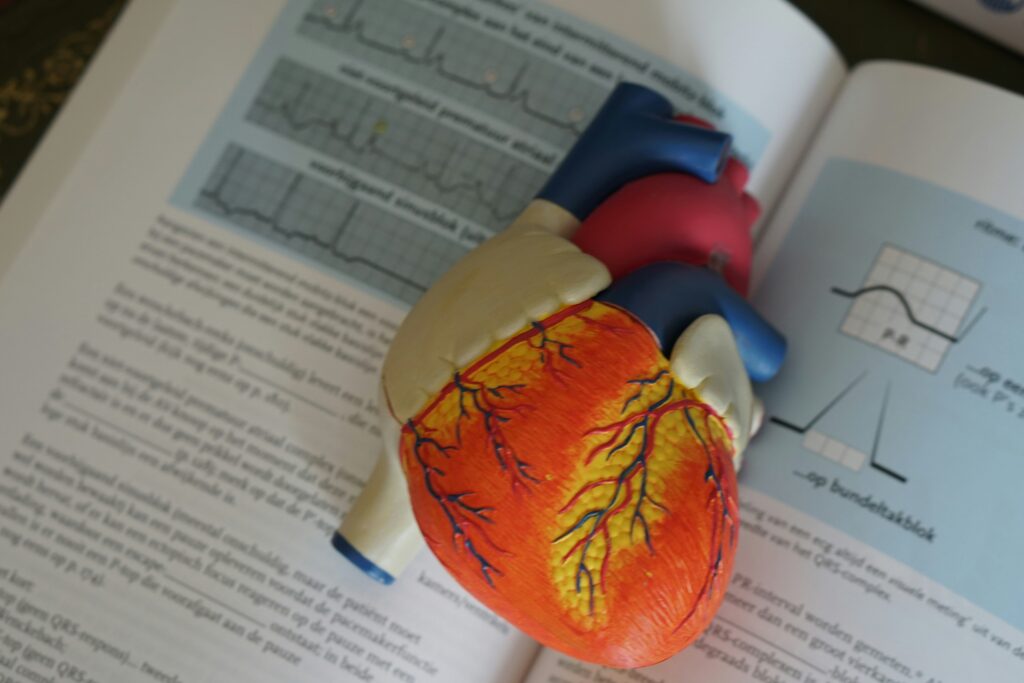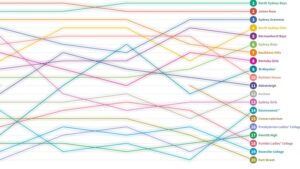
A recent study published in the European Heart Journal reveals that Covid-19 infections could lead to accelerated aging of blood vessels, particularly in women. The research indicates that this vascular aging process could equate to approximately five years, raising concerns about increased cardiovascular risks such as stroke and heart attack.
The study, led by Professor Rosa Maria Bruno from Université Paris Cité, France, highlights the potential long-term impacts of Covid-19 on vascular health. “Since the pandemic, we have learned that many people who have had Covid are left with symptoms that can last for months or even years. However, we are still learning what’s happening in the body to create these symptoms,” Professor Bruno stated.
Understanding Vascular Aging and Covid-19
The concept of vascular aging refers to the stiffening of blood vessels, a natural process that occurs with age. However, the study suggests that Covid-19 could accelerate this process, making individuals more susceptible to cardiovascular diseases. The research involved 2,390 participants from 16 countries, categorized based on their Covid-19 infection status and severity.
Researchers used a device to measure carotid-femoral pulse wave velocity (PWV), a key indicator of vascular stiffness. The findings revealed that those who had contracted Covid-19, even mild cases, exhibited stiffer arteries compared to those who had not been infected. The effect was notably more pronounced in women and those experiencing long Covid symptoms.
Key Findings and Implications
The study’s results showed an average increase in PWV of 0.55 meters per second in women with mild Covid-19, 0.60 in those hospitalized, and 1.09 for women treated in intensive care. An increase of 0.5 meters per second is considered “clinically relevant,” equating to about five years of vascular aging and a 3% increased risk of cardiovascular disease in a 60-year-old woman.
Vaccination appeared to play a protective role, as vaccinated individuals generally had less stiff arteries. Over time, the vascular aging associated with Covid-19 seemed to stabilize or slightly improve. Professor Bruno explained, “There are several possible explanations for the vascular effects of Covid. The virus acts on specific receptors in the body, called the angiotensin-converting enzyme 2 receptors, that are present on the lining of the blood vessels.”
Gender Differences and Future Research
One of the intriguing aspects of the study is the gender disparity in vascular aging post-Covid-19. Women, who typically mount a more robust immune response, showed greater vascular stiffness. This heightened immune response, while protective against infections, may inadvertently increase vascular damage following Covid-19 infection.
Professor Bruno emphasized the importance of identifying those at risk early to prevent heart attacks and strokes. “Vascular aging is easy to measure and can be addressed with widely available treatments, such as lifestyle changes, blood pressure-lowering, and cholesterol-lowering drugs,” she noted.
The research team plans to continue monitoring the participants to determine if the accelerated vascular aging leads to increased cardiovascular events in the future. An accompanying editorial by Dr. Behnood Bikdeli from Harvard Medical School underscores the significance of these findings, particularly in light of post-acute Covid-19 syndrome, which affects up to 40% of initial survivors.
“The CARTESIAN study makes the case that Covid-19 has aged our arteries, especially for female adults. The question is whether we can find modifiable targets to prevent this in future surges of infection, and mitigate adverse outcomes in those afflicted with Covid-19-induced vascular aging,” Dr. Bikdeli and colleagues wrote.
As the world continues to grapple with the long-term consequences of the pandemic, this study sheds light on the critical need for ongoing research and intervention strategies to address the vascular impacts of Covid-19, particularly among women. The findings underscore the importance of vaccination and early detection in mitigating these risks.







